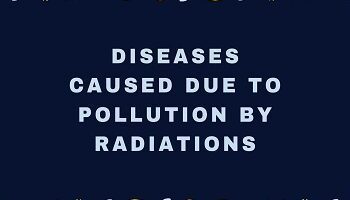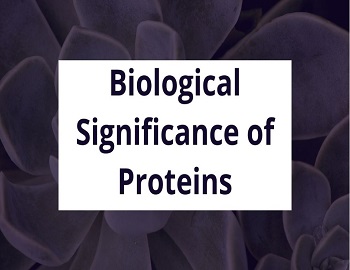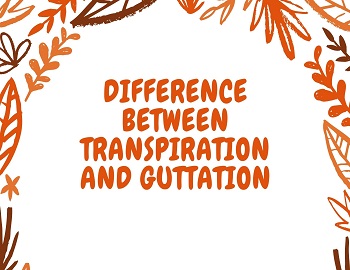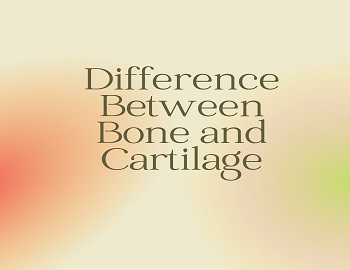Table of Contents
Darwinism:
Charles Darwin, the author of the book ‘The Origin of Species‘ or the preservation of favoured races in the struggle For life (1859), has been credited with for giving the first systematic as well as the comprehensive approach in the perspective of evolutionary development. His theory is commonly known as Darwinism.
In his book ‘The Origin of Species’, Darwin presented his theory. His theory is based on three factors, inductions or truths in nature and two inferences or deductions.
- The first truth that Darwin found was that the reproductive capacity of animals and plants is very high.
- The second truth that Darwin found was that the population of a species remains more or less same or constant for every generation.
The inference that Darwin drew from these truths was that there would be a struggle for existence.
- The third truth that Darwin found was that variation secures Universally.
The inference that Darwin drew from the first truth, as well as the third truth, was that nature selects only the fittest to survive.
Darwin based his theory on the following postulates:
Overproduction or Prodigality of nature:
Darwinism emphasizes that living beings have an innate desire (instinct) or producing their own progeny for continuity of the race. However, it shows that more individuals of each kind are produced than could possibly survive. If this tendency of multiplication remains unchecked, in a very short time the earth will be over-crowded with organisms. But regardless of the rate of reproduction of species, its number remains roughly constant under a fairly stable environment. In fact, only a few thousands of young reach up to the adult stage.
Limited Food and Space:
Earth has limited space. So is the availability of food. Each ecosystem has a limited carrying capacity for its different members depending upon the number of producers it support. Carrying capacity is maintained by food chains and Biogeochemical cycling.
Struggle for Existence:
The population of each species tends to increase due to high reproductive potential. However, resources available to it are limited due to the limited carrying capacity of its environment. The resources include food, space, light, water, minerals, etc. There is, therefore, competition amongst the organisms for obtaining optimum resources. The competition amongst organisms for obtaining their essential requirements is called a struggle for existence. Each individual faces a three-fold struggle for existence.
Intraspecific or Intranecine Sruggle:
The competition is fierce among the individuals of the same species. Example- Paramecium aurelia and Paramecium caudatum competition for food and space.
Interspecific or Internecine Struggle:
There exists a complex relation of struggle among the organisms of different species. The Prey-predator relationship is an example of an interspecific struggle.
Struggle Against Environment:
It is a struggle between various organisms and the restraining factors of environment like carrying capacity, famine, drought, excessive rainfall and floods, landslides, earthquakes, low and high temperatures, etc.
Variations and Heredity:
During competition every individual tries to become better adapted than the other by utilizing the resources, so to survive successfully. For this, variations start arising in the organisms. But all the variations that arise are not significant from an evolutionary point of view. Thus, the variations may be harmful, useless, or useful.
Harmful variations make the organism unfit in the struggle for existence and cause its elimination; the useless variations will not be significant from an evolutionary viewpoint. But the useful variations are quite significant and make the organisms fit in the struggle for existence. Such variations are inherited in the progeny of those organisms in which they arose and, therefore, the progeny have better chances of survival.
Natural Selection (Survival of the Fittest):
Each generation produces a large number of offspring. However, only a few ones survive while the remaining are eliminated. It is because the younger individuals are not only to compete amongst themselves but also their parents for obtaining their basic necessities. Only those individuals survive which are at a selective advantage due to the presence of useful variations. The latter keeps them fit, strong, and capable of obtaining their requirements at the cost of others. The older weak and infirm individuals are allowed to die an automatic death. Nature thus keeps the individuals of each species always fit in the struggle for existence. It has been called natural selection by Darwin and survival of the fittest by Herbert Spencer.
Darwin illustrated the survival of the fittest by taking the example of a giraffe. In Darwin’s words, giraffes exhibited great variations in the length of their neck and legs. Since the grass was scarce on the land these had to eat the leaves of tall trees. Obviously, giraffes with a long neck and long legs had an advantage over those with shorter legs and necks because the former could get more food easily and had better chances of survival than the latter. The former fed and reproduced and became abundant. On the contrary, giraffes with short necks starved and gradually became extinct.
On the basis of the above observations, Darwinism made certain conclusions under the heading:
‘Origin of Species’ by Natural Selection:
The theory concludes that as a result of the struggle for existence, variability, and inheritance, the successive generations tend to become better adapted to their environment. These adaptations are preserved and accumulated in the individuals of the species and ultimately lead to the origin of new species from the old ones.
The environment is ever-changing and it leads to further changes and the appearance of new adaptations in the organism. As natural selection continues, the latter descendants after several generations become markedly distinct from their ancestors. Furthermore, certain members of a population with one group of variation may become adapted to environmental changes in one way, while others with a different set of variations may become adapted in a different way. As a result, two or more species may arise from a single ancestral species.
Darwin’s Theory of Artificial Selection:
According to Darwin, the commonest method of producing new race of individuals is that of selection under human control. The man selects only useful variety of plants and animals and breeds them together expecting that off-spring will have beneficial characters. Thus, various new races of Plants and animals are produced which are more useful, viable and of domestic value to common man.
Darwin’s Theory of Sexual Selection:
According to this theory, there is always a contest among males for the possession of beautiful females. During this context, inferior males are eliminated (due to their less courageous nature or ill-equipped with weapons of combat) and superior males dominate. Thus, sexual dimorphism becomes marked in highly developed individuals. Examples given were a stag fighting among the male alligators for the possession of females, fighting among the male salmons, etc.
Darwin’s Theory of Pangenesis:
Darwin proposed this theory to explain the laws of inheritance. He says-
- All somatic cells of organisms produce minute particles called Pangenes, which are included in the germ cell.
- After fertilization, the Pangenes of the Zygote dictate the development of individuals.
- The Pangenes may be dormant for some generation and again reappear.
- There is competition among the Pangenes to be included in the germ cells. The stronger ones being included, the weaker ones being rejected.
Criticism of Darwinism:
Darwin’s theory was so reasonable and well documented that most biologists soon accepted it but it was attacked by prominent scientists namely Sir Richard Owen and Adam Sedgewick.
- Darwin based his theory on the prevalence of variations. He could not explain the origin of variations, nor could he attach any importance to mutations. He believed that new species develop due to the accumulation of small variations. Small variations are usually those variations that appear due to reshuffling of genes during segregation in meiosis, crossing over, and chance combination at the time of fertilization. They are not new variations and seldom go beyond the limits of species.
- Darwinism does not explain the effect of the use and disuse of the presence of vestigial organs.
- Darwinism did not differentiate between the role of over-specialized organs and the role of specialized organs in different organisms. In his own words, over-specialized organs are useful to the organisms. This is also far from the truth. The antlers of Irish breed, the tusks of Jefferson Mammoth are not at all useful to the organisms concerned, even though they were over-specialized ones. In fact, these over-specialized organs had been great hurdles to them in their search for food and water.
- Darwinism accounts for the survival of the fittest but not arrival of the fittest.
- Darwinism did not differentiate between somatic and germinal variations. He considered all variations as heritable.
- Darwin’s theory is not able to explain the arrival of natural traits and the acquired traits but he failed to explain how the natural traits have become the acquired traits and how the acquired traits have become natural traits.
- Natural selection does not account for the beginning of an organ or how an organ can be useful in initial stages.
- Many differences between the species are not of adaptive value but they are simply incidental effects of genes. Darwin’s theory does not explain why these are preserved, accumulated, and inherited.
- Darwinism proposed artificial selection for improving races of domestic plants and animals, but these could never lead to permanent, specific variations.
- Natural selection does not explain the evolution of terrestrial animals from aquatic forms.
- Special objection was raised against the theory of sexual selection of Darwin. The theory involves passivity on part of male and an active choice on part of female about a more beautiful attractive and more powerful male. This theory has its own drawbacks, which are obvious.
- Even though Darwin criticized Lamarck’s theory of use and disuse he adapted it for explaining variations.









Comments (No)